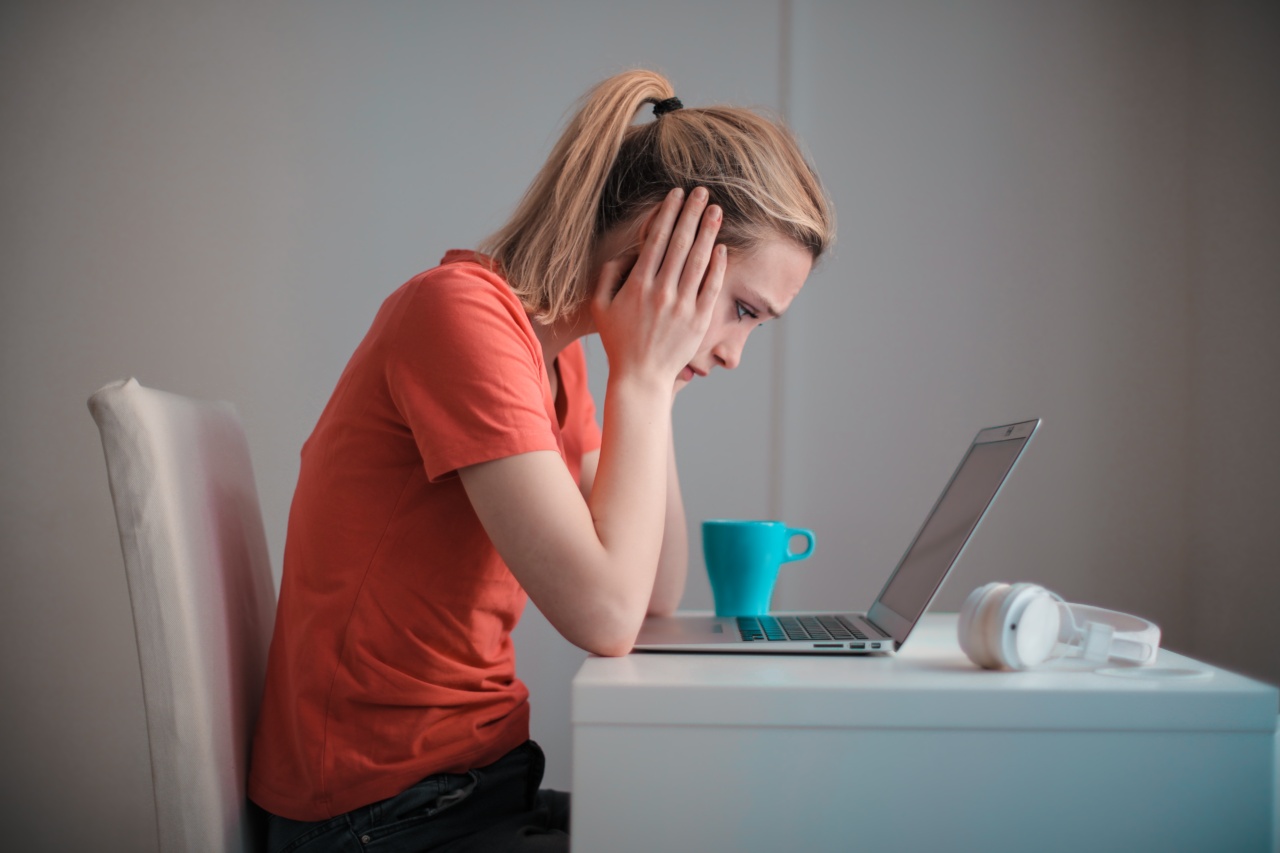Venous failure is a medical condition that is caused by the weakening of the veins in the body, which leads to a reduced ability to return blood to the heart.
This condition is also known as venous insufficiency, and it can lead to a variety of symptoms, such as leg swelling, varicose veins, and skin changes. In this article, we will discuss the causes and treatments of venous failure.
Causes of Venous Failure
There are a number of factors that can contribute to the development of venous failure. Some of the most common causes include:.
Age
As we age, the veins in our bodies can start to lose their elasticity and become weaker. This can increase the risk of developing venous failure.
Pregnancy
Pregnancy can put added pressure on the veins in a woman’s body, which can lead to venous failure.
Obesity
Being overweight or obese can also increase the risk of developing venous failure. This is because excess weight can put additional pressure on the veins in the body.
Family History
People who have a family history of venous failure are also more likely to develop the condition themselves.
Injury
An injury to the veins or a blood clot can also contribute to the development of venous failure.
Symptoms of Venous Failure
The symptoms of venous failure can vary from person to person, but some of the most common symptoms include:.
Leg Swelling
One of the most common symptoms of venous failure is swelling in the legs. This can be caused by a buildup of fluid in the tissues due to the weakened veins.
Varicose Veins
Varicose veins are another common symptom of venous failure. These are enlarged veins that are visible through the skin and can be blue or purple in color.
Skin Changes
The skin around the affected veins may become dry, itchy, or discolored. In severe cases, the skin may also develop ulcers.
Pain or Discomfort
Some people with venous failure may experience pain or discomfort in their legs, especially after prolonged periods of sitting or standing.
Treatments for Venous Failure
There are a number of treatments available for venous failure, depending on the severity of the condition. Some of the most common treatments include:.
Compression Therapy
Compression therapy involves wearing special stockings that help to improve blood flow in the legs. These stockings apply gentle pressure to the legs, which can help to reduce swelling and prevent blood from pooling in the veins.
Sclerotherapy
Sclerotherapy is a medical procedure that involves injecting a solution into the affected veins, which causes them to close and eventually be absorbed by the body.
Endovenous Ablation
Endovenous ablation is a minimally invasive procedure that uses laser or radiofrequency energy to close off the affected veins.
Venous Surgery
In severe cases, surgery may be necessary to remove the affected veins or repair damaged valves.
Prevention of Venous Failure
While it may not be possible to prevent all cases of venous failure, there are some steps that you can take to reduce your risk of developing the condition. Some of these include:.
Regular Exercise
Regular exercise can help to improve blood flow in the legs and promote overall cardiovascular health.
Healthy Diet
Eating a healthy diet that is rich in fiber and low in saturated fat can help to maintain a healthy weight and reduce the risk of developing venous failure.
Avoiding Prolonged Sitting or Standing
Avoiding prolonged periods of sitting or standing can also help to reduce your risk of developing venous failure. If you have a job that requires you to sit or stand for long periods of time, take regular breaks to stretch and move around.
Conclusion
Venous failure is a medical condition that can be caused by a variety of factors, including age, pregnancy, obesity, and injury.
While the symptoms of the condition can be distressing, there are a number of treatments available that can help to alleviate symptoms and improve overall quality of life. By taking steps to maintain a healthy lifestyle and avoid prolonged periods of sitting or standing, you can reduce your risk of developing venous failure.






























